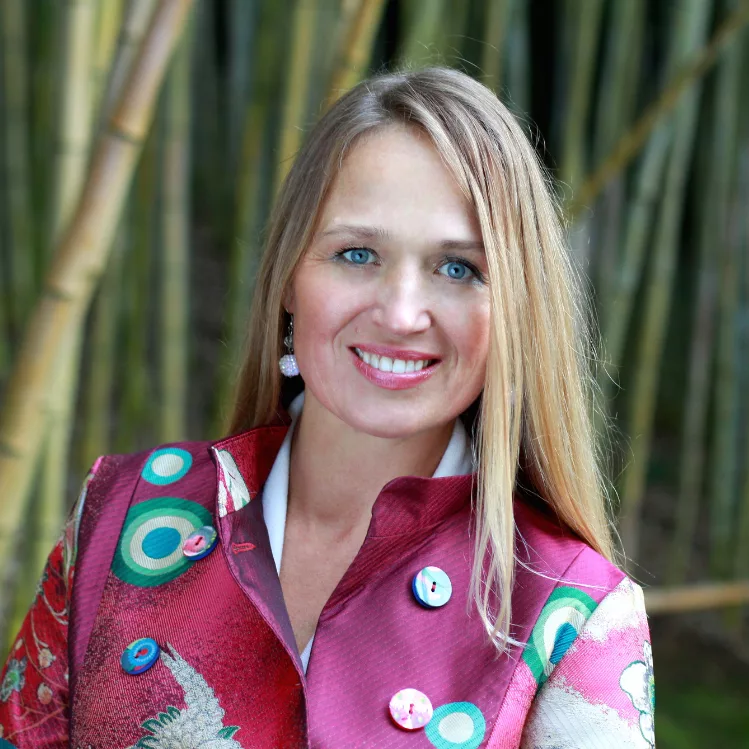
Pain Stays, but So Do We: Thriving Despite the Hurt
Pain is an inevitable part of the human condition. Whether physical or emotional, short-lived or long-lasting, pain moulds us, tests us, and ultimately paves the way for our development. While it is only natural to want to run away from or obliterate pain, the truth is that it never really leaves. Instead, we learn to live with it, adjust to it, and sometimes find power in it.
The Nature of Pain
Pain comes in many forms. Heartbreak, loss, illness, injury, mental anguish. It is easy to feel as if you are trapped in moments of such suffering. As if it will never end. The desire to overcome or forget pain is universal. However, as time goes on, it becomes clear that pain cannot be conquered. It is something that you have to live with.
Why Pain Persists
Pain is a common factor, as it is part of life. It is a warning signal, a memory of the past, and, in many cases, a teacher. Although the pain can be reduced by time, the memory and the impact often remain. The scars we carry remind us of what we have experienced and sometimes motivate us to move forward.
Learning to Coexist with Pain
The process of accepting pain is not simple. Initially, there’s resistance—a longing for things to return to normal, for the hurt to disappear. However, acceptance doesn’t mean giving up. Instead, it means acknowledging pain without letting it define your existence.
One effective way to coexist with pain is to view it as a part of your story rather than the whole plot. Yes, pain shapes us, but it does not completely define who we are. By allowing ourselves to feel it without judgment or resistance, we permit ourselves to heal at our own pace.
Finding Strength Through Adversity
Resilience is the result of moving forward despite the pain. Many individuals who have faced immense challenges often talk about how their pain helped them grow. It may sound paradoxical, but pain can bring out our most determined, compassionate and empathetic selves. The scars become symbols of survival rather than defeat. Here are some powerful examples of people who have faced significant challenges and how their pain became a catalyst for growth. Healing isn’t about erasing pain. It’s about learning to carry it differently. We find support through friends, therapy, creative outlets, and mindfulness to ease the weight of pain. The goal isn’t to eliminate it but to reduce its control over our lives. We build coping mechanisms to thrive despite the pain by processing our emotions and confronting our struggles.
Here are some powerful examples of people who have faced significant challenges and how their pain became a catalyst for growth:
Bilquis Edhi (Pakistan)
Challenge: Faced societal criticism for dedicating her life to serving the underprivileged, including abandoned children and marginalized women.
Growth: As the co-founder of the Edhi Foundation, she remained resilient despite challenges, helping thousands of orphans and setting up maternity homes, nursing training, and adoption services.
J.K. Rowling (United Kingdom)
Challenge: Severe financial struggles and depression before publishing Harry Potter. Growth: Rowling has discussed openly how hitting rock bottom pushed her to focus on what truly mattered. Her hardships fuelled her creativity and storytelling, and she created one of the most beloved book series.
Nelson Mandela (South Africa)
Challenge: 27 years of imprisonment.
Growth: Instead of letting bitterness consume him, Mandela used his pain to grow his patience and leadership, leading South Africa through a peaceful transition from apartheid.
Malala Yousafzai (Pakistan)
The challenge was to survive a gunshot by the Taliban for advocating girls’ education.
Growth: Malala’s experience did not silence her but rather strengthened her. She became a global icon for education rights and the youngest Nobel Prize laureate.
Nick Vujicic (Australia)
Challenge: Born without limbs.
Growth: Nick experienced bullying and depression. However, his journey through pain led him to be a motivational speaker. He shares his story of overcoming obstacles and embracing life.
Viktor Frankl (Austria)
Challenge: Surviving Nazi concentration camps.
Growth: Frankl’s own suffering inspired the development of Logotherapy. This approach to psychology emphasizes the importance of finding meaning in life, even in the face of suffering. This is explored in Frankl’s book Man’s Search for Meaning.
Maya Angelou (United States of America)
Challenge: Early childhood trauma and abuse led to her not speaking for years. Growth: Her silence ended when she discovered the power of words. She became a celebrated poet and activist. Her works continue to inspire resilience and courage.
Chris Gardner (United States of America)
Challenge: Homelessness while raising his son.
Growth: His struggle inspired the movie The Pursuit of Happiness. Chris turned his pain into perseverance, becoming a successful entrepreneur and motivational speaker.
These stories remind us that pain, while difficult to endure, can be a powerful force for personal growth and transformation.
The Healing Process
Healing does not mean erasing pain but learning to carry it differently. Finding support through friends, therapy, creative outlets, or mindfulness can ease the weight of pain. The goal is not to eliminate it but to reduce its control over our lives. We build coping mechanisms to thrive despite the pain by processing our emotions and confronting our struggles.
Acceptance Doesn’t Mean Weakness
Sometimes, society equates enduring pain with strength. While resilience is admirable, recognising and embracing vulnerability is equally powerful. Sharing our pain, admitting our struggles, and seeking help are signs of true strength. Accepting that pain is a part of life does not mean surrendering to it; it means understanding its role and choosing to keep moving forward.
Moving Forward
Living with pain is a journey, not a destination. There will be good and bad days, moments of triumph and despair. What matters is how we choose to navigate this journey. Do we let the pain consume us, or do we decide to find the light even in the darkness? By embracing pain as a companion rather than an enemy, we grant ourselves the grace to live fully and authentically.
Final thought
The pain never goes away. We learn to live with it. We find a way to coexist with our pain by accepting it, being resilient, and finding support, all while seeking joy and fulfilment. It is not about being fearless or unbreakable. It is about knowing the pain is there and moving forward anyway. This is how we turn pain from something that holds us back into something that gives us the power to grow and evolve.




